The director of Taiwan’s National Palace Museum said he “hopes” the major tourist attraction can attract 3.5 million visitors next year, the 100-year anniversary of the museum’s founding in Beijing, despite current visitor numbers falling well short of the goal.
Speaking at a museum event on Tuesday, Director Hsiao Tsung-huang (蕭宗煌) said the museum has a goal of drawing 2.5 million visitors to its Northern Branch in Taipei and 1 million visitors to its Southern Branch in Chiayi County next year.
Official visitor numbers show that the Northern Branch only attracted 1.5 million museum-goers while the Southern Branch saw about 900,000 last year. The figures include domestic and foreign visitors.
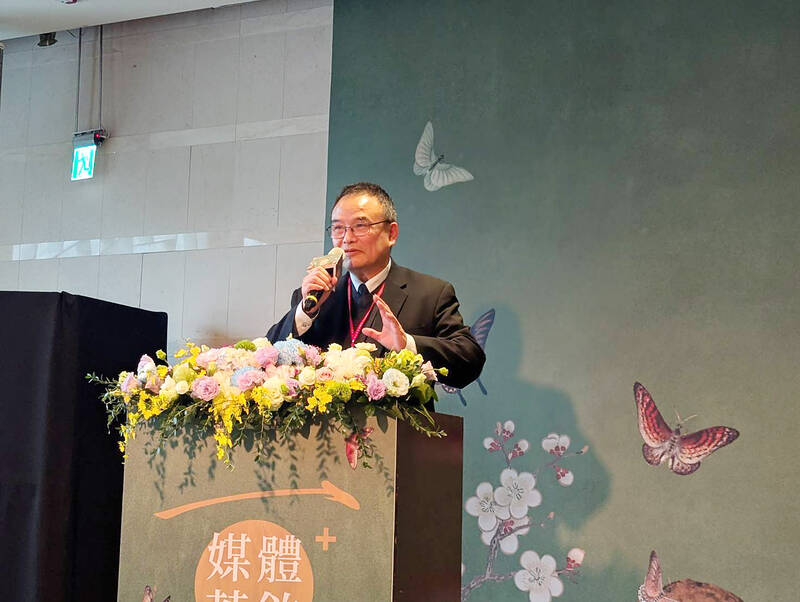
Photo: CNA
From January to November this year, the Northern Branch welcomed nearly 1.7 million and the Southern Branch almost 900,000 visitors, official statistics show, reflecting a year-on-year rise, but still almost 1 million below the museum’s target for next year.
The ambitious 3.5 million visitor goal was set because of expectations that an improvement in cross-strait relations would lead to significantly greater numbers of Chinese visitors to the museum’s collections, Hsiao said.
The number of Chinese visitors to Taiwan plummeted from roughly 2.7 million per year in the late 2010s to a mere 329,000 in the first 11 months of this year due to the COVID-19 pandemic and Beijing’s ongoing ban of visits by Chinese tour groups to Taiwan.
Whether the ban would be fully or partially lifted next year remains unknown, but “regardless of whether the two sides of the Taiwan Strait open up next year, efforts will still be made to attract 3.5 million visitors,” Hsiao said.
Reflecting challenges facing Taiwan’s tourism industry more generally, the National Palace Museum — one of the country’s top attractions for overseas visitors — has struggled to return to pre-pandemic levels.
In 2019, before pandemic restrictions severely disrupted international travel, the National Palace Museum recorded 3.8 million visitors to its Northern Branch alone — more than twice as many as are expected to visit five years later.
Lagging visitor numbers are not the only challenge facing the museum which houses nearly 700,000 artifacts, including ancient bronzes, ceramics, jade items, paintings and carvings from China.
Also speaking at the event on Tuesday, the museum’s Administrative Affairs Deputy Director Huang Yung-tai (黃永泰) said the museum would report to the legislature “in the future” over the budget freeze imposed on the state-funded museum’s renovation.
Lawmakers this month froze the NT$350 million (US$10.7 million) budget for the New National Palace Museum Plan, casting doubt on whether the museum’s ongoing renovation project would be completed on time.
However, Huang said progress was being made on the renovation, with the Northern Branch’s library building expected to open as a second exhibition area in June.
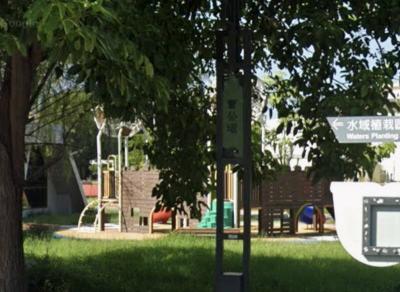
A 72-year-old man in Kaohsiung was sentenced to 40 days in jail after he was found having sex with a 67-year-old woman under a slide in a public park on Sunday afternoon. At 3pm on Sunday, a mother surnamed Liang (梁) was with her child at a neighborhood park when they found the man, surnamed Tsai (蔡), and woman, surnamed Huang (黃), underneath the slide. Liang took her child away from the scene, took photographs of the two and called the police, who arrived and arrested the couple. During questioning, Tsai told police that he had met Huang that day and offered to
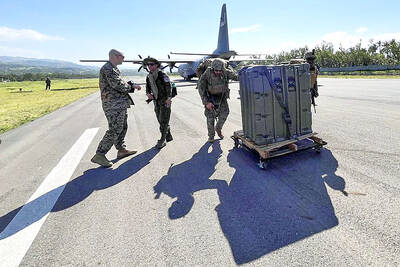
LOOKING NORTH: The base would enhance the military’s awareness of activities in the Bashi Channel, which China Coast Guard ships have been frequenting, an expert said The Philippine Navy on Thursday last week inaugurated a forward operating base in the country’s northern most province of Batanes, which at 185km from Taiwan would be strategically important in a military conflict in the Taiwan Strait. The Philippine Daily Inquirer quoted Northern Luzon Command Commander Lieutenant General Fernyl Buca as saying that the base in Mahatao would bolster the country’s northern defenses and response capabilities. The base is also a response to the “irregular presence this month of armed” of China Coast Guard vessels frequenting the Bashi Channel in the Luzon Strait just south of Taiwan, the paper reported, citing a
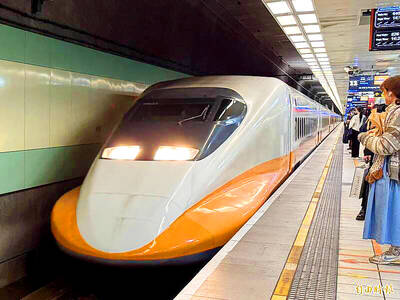
BETTER SERVICE QUALITY: From Nov. 10, tickets with reserved seats would only be valid for the date, train and route specified on the ticket, THSRC said Starting on Nov. 10, high-speed rail passengers with reserved seats would be required to exchange their tickets to board an earlier train. Passengers with reserved seats on a specific train are currently allowed to board earlier trains on the same day and sit in non-reserved cars, but as this is happening increasingly often, and affecting quality of travel and ticket sales, Taiwan High-Speed Rail Corp (THSRC) announced that it would be canceling the policy on Nov. 10. It is one of several new measures launched by THSRC chairman Shih Che (史哲) to improve the quality of service, it said. The company also said
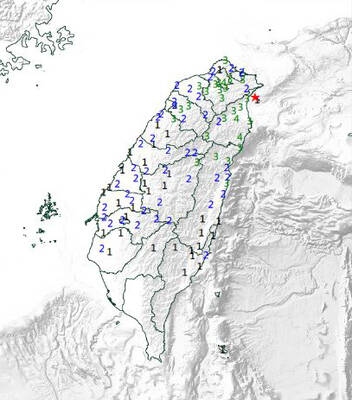
A magnitude 6 earthquake last night at 9:11pm struck off northeastern Yilan County, the Central Weather Administration (CWA) said. The earthquake’s epicenter was located in waters between Toucheng Township (頭城) and Turtle Island (Gueishan Island, 龜山島), about 22.1km northeast of Yilan County Hall at a depth of 112km, CWA data showed. There were no immediate reports of damage. The earthquake’s intensity, which gauges the actual effects of a temblor, was highest in Yilan’s Dongshan (冬山) and Nanao (南澳) townships and Taipei’s Xinyi District (信義), where it measured 4 on Taiwan’s seven-tier intensity scale. It measured 3 in other areas of Yilan and Taipei, as